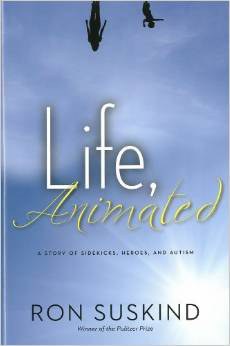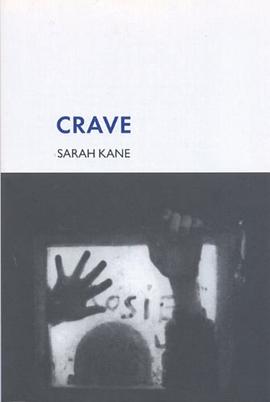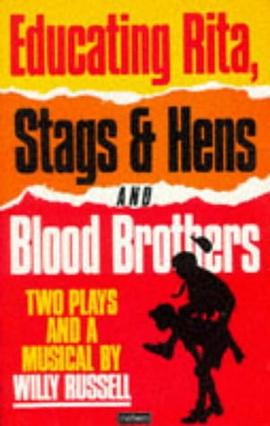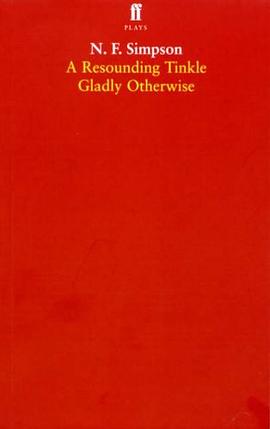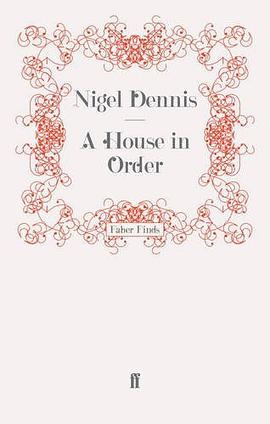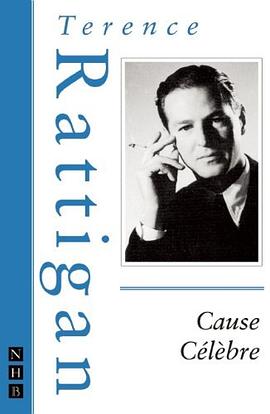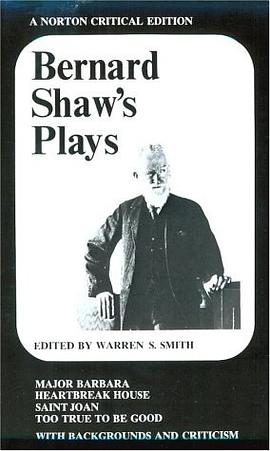

具体描述
Temple Grandin's "Animals in Translation" speaks in the clear voice of a woman who emerged from the other side of autism, bringing with her an extraordinary message about how animals think and feel.Temple's professional training as an animal scientist and her history as a person with autism have given her a perspective like that of no other expert in the field. Standing at the intersection of autism and animals, she offers unparalleled observations and groundbreaking ideas about both.Autistic people can often think the way animals think -- in fact, Grandin and co-author Catherine Johnson see autism as a kind of way station on the road from animals to humans -- putting autistic people in the perfect position to translate "animal talk." Temple is a faithful guide into their world, exploring animal pain, fear, aggression, love, friendship, communication, learning, and, yes, even animal genius. Not only are animals much smarter than anyone ever imagined, in some cases animals are out-and-out brilliant.The sweep of "Animals in Translation" is immense, merging an animal scientist's thirty years of study with her keen perceptions as a person with autism -- Temple sees what others cannot.Among its provocative ideas, the book: LIargues that language is not a requirement for consciousness -- and that animals do have consciousness LIapplies the autism theory of "hyper-specificity" to animals, showing that animals and autistic people are so sensitive to detail that they "can't see the forest for the trees" -- a talent as well as a "deficit" LIexplores the "interpreter" in the normal human brain that filters out detail, leaving people blind to much of the reality that surrounds them -- a reality animals and autistic people see, sometimes all too clearly LIexplains how animals have "superhuman" skills: animals have animal genius LIcompares animals to autistic savants, declaring that animals may in fact be autistic savants, with special forms of genius that normal people do not possess and sometimes cannot even see LIexamines how humans and animals use their emotions to think, to decide, and even to predict the future LIreveals the remarkable abilities of handicapped people and animals LImaintains that the single worst thing you can do to an animal is to make it feel afraid/ULTemple Grandin is like no other author on the subject of animals because of her training and because of her autism: understanding animals is in her blood and in her bones.
作者简介
目录信息
读后感
文/宝木笑 不知从何时开始,人类研究心理学的过程中开始充满着动物们的身影,动物们除了要满足人们的捕猎欲、口舌欲、观赏欲等之外,还要成为人们的实验品。心理学史上从来不缺少“明星”,比如巴甫洛夫的狗、斯金纳的鸽子、托尔曼的老鼠等等。小时候我们在生物课上就学到过巴...
评分【读品】罗豫/文 童话世界里,能听懂动物语言的,多是天赋异禀之人。小说和电影中,不时也有拉风的动物当配角,它们和人灵犀相同,关键时刻还能舍己救人。但在动物学家眼里,这些大都是人类一厢情愿的文学叙事。对于那些喜欢动物,或者在工作中要和动物接触的人而言,一本真正...
评分移动互联网已经成为了一个庞然大物,PC时代所没有达成的事情、被手机达成了,而在国内的移动互联网应用中,手握10亿用户的有且只有一个,就是微信。标题的这句话正是微信的缔造者——张小龙在微信上线2天后的凌晨2点,于早已过气的饭否上敲下来的。 而标题的这句话也以另一种...
评分偶然在图书馆注意到这本书,是因为看了部有关本书作者的电影——《自闭历程》。而之所以,会再次关注,很大成分上,自己也算半个自闭症患者。从喜欢村上的文学,到了解什么是“亚斯伯格症候群”,以及自闭者的表现,让我从自我认识的内向转变为自闭症患者。 自闭症应该算在心...
评分动物对人们喜爱的杀伤力是无穷的。太萌?太帅?太猛?对于那些喜欢动物,或者在工作中要和动物接触的人而言,你真的了解动物嘛?知名动物学家葛兰汀(Temple Grandin)和神经心理学领域的研究者及作家约翰逊(Catherine Johnson)合著的《我们为什么不说话:动物的行为、情感...
用户评价
相关图书
本站所有内容均为互联网搜索引擎提供的公开搜索信息,本站不存储任何数据与内容,任何内容与数据均与本站无关,如有需要请联系相关搜索引擎包括但不限于百度,google,bing,sogou 等
© 2025 book.quotespace.org All Rights Reserved. 小美书屋 版权所有


